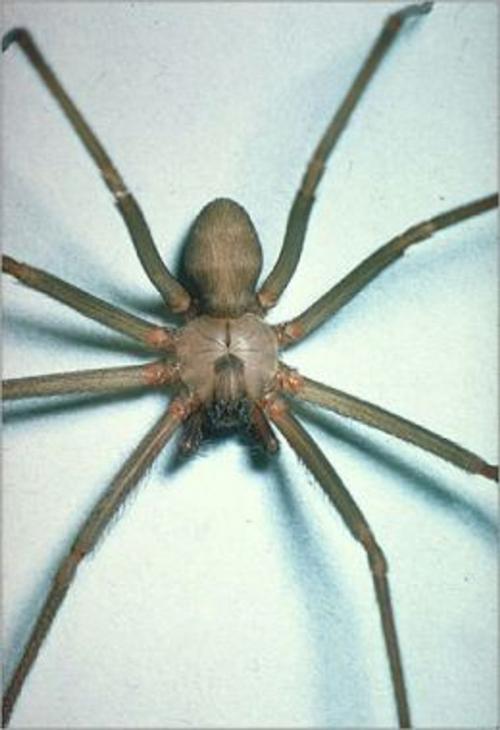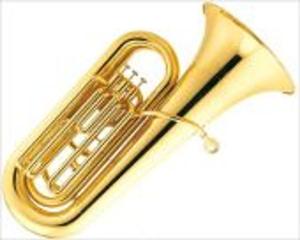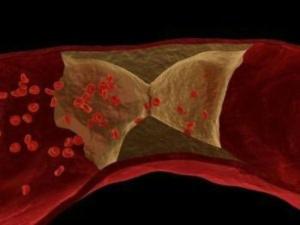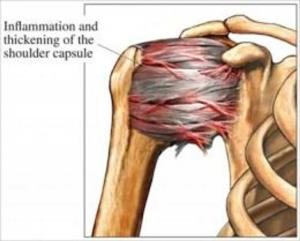A Crash Course on How to Get Rid of Brown Recluse Spiders
Nonfiction, Home & Garden, The Home, Outdoor & Recreational Areas, Science & Nature, Nature, Insects & Spiders, Cleaning & Caretaking| Author: | Enzo Jones | ISBN: | 1230000104709 |
| Publisher: | Axel Publishing | Publication: | February 6, 2013 |
| Imprint: | Language: | English |
| Author: | Enzo Jones |
| ISBN: | 1230000104709 |
| Publisher: | Axel Publishing |
| Publication: | February 6, 2013 |
| Imprint: | |
| Language: | English |
A Crash Course on How to Get Rid of Brown Recluse Spiders
The brown recluse spider or violin spider, Loxosceles reclusa, is a well-known member of the family Sicariidae (formerly placed in a family "Loxoscelidae").
Brown recluse spiders are usually between 6–20 mm (1⁄4 in and 3⁄4 in), but may grow larger. While typically light to medium brown, they range in color from cream-colored to dark brown or blackish gray. The cephalothorax and abdomen may not necessarily be the same color. These spiders usually have markings on the dorsal side of their cephalothorax, with a black line coming from it that looks like a violin with the neck of the violin pointing to the rear of the spider, resulting in the nicknames fiddleback spider, brown fiddler or violin spider.
Due to the emphasized fear of these spiders ever since the increase of public awareness in recent years, extermination of domestic brown recluses is performed frequently in the lower Midwest. Very little is known on how to exterminate them without extreme measures. This is largely due to a variety of adaptations, including the abilities to maintain homeostasis for several seasons with no food or water and to survive after losing limbs. Additionally, the spiders survive significantly longer in a relatively cool, thermally stable environment.
The increased abilities for the spiders to survive during times of starvation, thirst, and regulated room temperatures makes extermination of this species particularly challenging. Many chemicals which have proven effective have now been made illegal or restricted in the U.S., making the use of chemicals to eradicate the spiders impractical, and there is no known procedure proven to be entirely effective, safe, and legal. Chemicals that do not kill the spider will cause its nervous system to break down partially, inducing undesirable aggressive behavior (thus setting the stage for "revenge" via brown recluse bites).
Scroll up... and click on "Buy Now" to deliver almost instantly to your Kobo or other reading device.
A Crash Course on How to Get Rid of Brown Recluse Spiders
The brown recluse spider or violin spider, Loxosceles reclusa, is a well-known member of the family Sicariidae (formerly placed in a family "Loxoscelidae").
Brown recluse spiders are usually between 6–20 mm (1⁄4 in and 3⁄4 in), but may grow larger. While typically light to medium brown, they range in color from cream-colored to dark brown or blackish gray. The cephalothorax and abdomen may not necessarily be the same color. These spiders usually have markings on the dorsal side of their cephalothorax, with a black line coming from it that looks like a violin with the neck of the violin pointing to the rear of the spider, resulting in the nicknames fiddleback spider, brown fiddler or violin spider.
Due to the emphasized fear of these spiders ever since the increase of public awareness in recent years, extermination of domestic brown recluses is performed frequently in the lower Midwest. Very little is known on how to exterminate them without extreme measures. This is largely due to a variety of adaptations, including the abilities to maintain homeostasis for several seasons with no food or water and to survive after losing limbs. Additionally, the spiders survive significantly longer in a relatively cool, thermally stable environment.
The increased abilities for the spiders to survive during times of starvation, thirst, and regulated room temperatures makes extermination of this species particularly challenging. Many chemicals which have proven effective have now been made illegal or restricted in the U.S., making the use of chemicals to eradicate the spiders impractical, and there is no known procedure proven to be entirely effective, safe, and legal. Chemicals that do not kill the spider will cause its nervous system to break down partially, inducing undesirable aggressive behavior (thus setting the stage for "revenge" via brown recluse bites).
Scroll up... and click on "Buy Now" to deliver almost instantly to your Kobo or other reading device.















